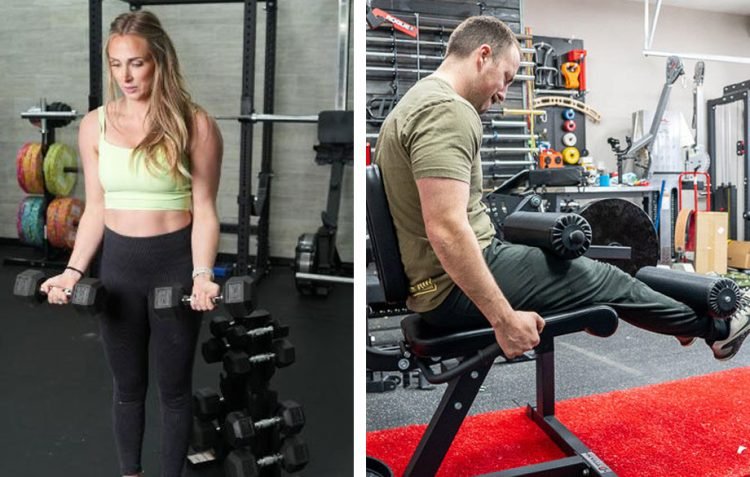We test and review fitness products based on an independent, multi-point methodology. If you use our links to purchase something, we may earn a commission. Read our disclosures.
For every action, there’s an equal and opposite reaction. That’s one of the few phrases I actually remember from physics class way back in the day. Luckily, that simple concept carries over to the complicated world of exercise science, where mastering adduction vs abduction, pronation vs supination, and concentric vs eccentric can be just as challenging as learning how to execute a flawless back squat.
RELATED: Concentric vs Eccentric
As a certified personal trainer (CPT), seasoned lifter, and big believer in the importance of balance, I have a deep appreciation for how our joints, muscles, ligaments, and other body parts work together to allow us to run, jump, walk, or even just stand. Of course, none of this would be possible without a pivotal pair of anatomical movements: flexion vs extension.
If you’re already familiar with these key concepts, you’re ahead of the game. However, if just hearing terms like supination, dorsiflexion, and circumduction conjures up bad memories of high-school science class, I’m here to make this lesson on anatomical positions as poignant and painless as possible.
In this flexion vs extension breakdown, I’ll do my best to put things in plain English so you can easily understand the differences, be more aware of your body, and get more out of your workouts.
What Is Flexion?
Flexion and extension are both angular movements, meaning they produce a change in the angle between the bones of a joint. While that puts them in the same category as hyperextension, abduction, adduction, and circumduction, they have distinct differences that separate them from the pack (and each other).
Let’s start with flexion. This movement decreases a joint angle by bringing two bones closer. For example, lifting your arms overhead for an exercise like the overhead triceps extension moves your humerus (upper arm bone) closer to your scapula, decreasing the angle of your shoulder joint. Any version of a biceps curl is also a prime example of flexion.
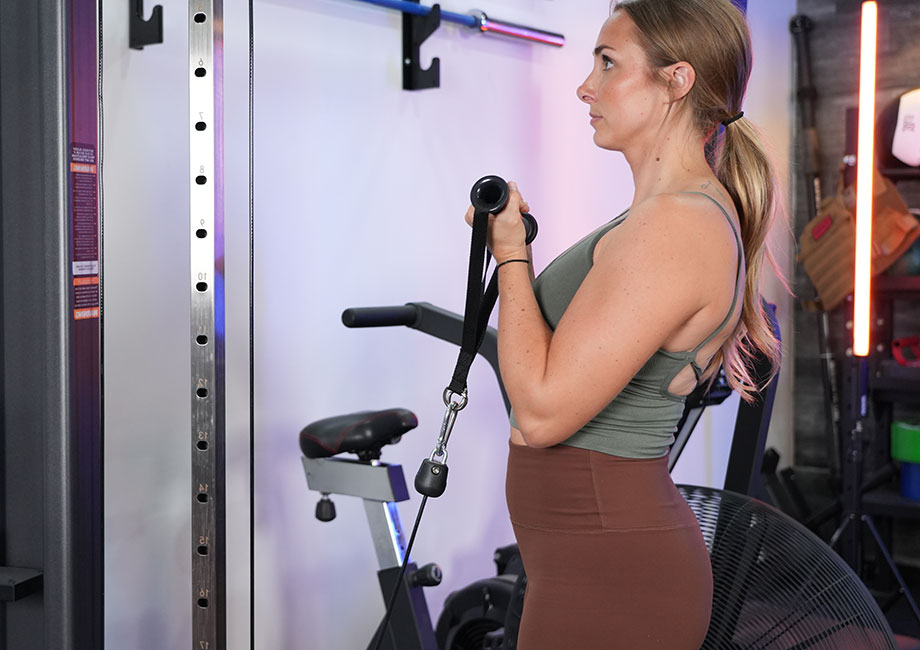
Expert tip: An easy way to remember flexion is by thinking “F” for “forward,” which reinforces the idea of bringing two segments closer together in an anterior motion.
RELATED: How To Do the Cable Biceps Curl
What Is Extension?
On the opposite end of the anatomical movement spectrum we have extension, which increases the angle between body parts by opening a joint wider.
While flexion is synonymous with bending, think of extension as straightening. Moving two body parts farther away from each other—such as extending your knee joint during leg extensions—results in a wider joint angle. Again, an easy way to make sure you never confuse flexion vs extension is to remember the latter begins with “E” for “extend.”
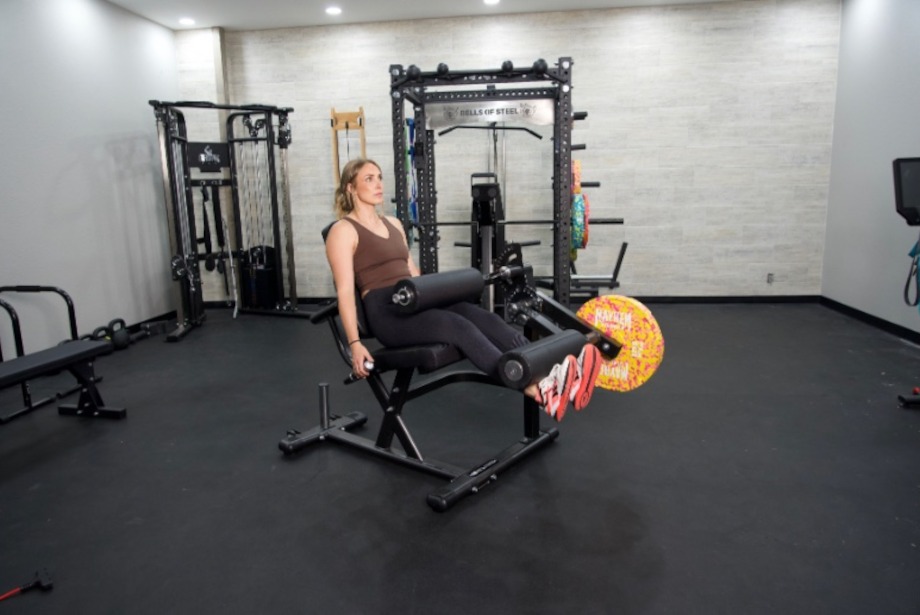
RELATED: How To Do Leg Extensions at Home
Flexion vs Extension By Body Part
Now that you know what flexion and extension are, let’s put them in a more practical context. To help you get a better grasp of how these anatomical movements come into play, I’ll go over each body part, including your upper limbs, lower limbs, neck, and spine.
Upper Extremity
| Body Part | Flexion | Extension |
| Wrist | Also called hand flexion, wrist flexion occurs when the angle between the palm of your hand and the anterior surface of your forearm decreases. | Also referred to as hand extension, wrist extension occurs when the palm of your hand moves away from your forearm, increasing the angle between the two structures. |
| Shoulder | Also called arm flexion, shoulder flexion occurs when your humerus (upper arm bone) and scapula move closer together, decreasing the angle between them. | Another term for arm extension, shoulder extension takes place when the angle between your humerus and scapula increases. This causes your arm to move posteriorly (backwards). |
| Elbow | Sometimes referred to as forearm flexion, elbow flexion occurs when the angle between your ulna (forearm bone) and humerus decreases. This is usually what happens when someone tells you to “flex” for a #GymSelfie. | Elbow extension, or forearm extension, takes place when you straighten your arm, as this increases the angle between your humerus and ulna bones. This is exactly what happens when you perform triceps kickbacks. |
| Finger | Finger flexion results in a decreased angle between your fingers and the palm of your hand. Clenching your fists is a prime example of this anatomical movement. | Opening your hand to high-five your workout partner is an example of finger extension, as this increases the angle between your fingers and the palm of your hand. |
| Thumb | While finger flexion occurs in the sagittal plane (vertically through the body), thumb flexion occurs in the frontal plane. This movement involves your thumb moving toward your pinky finger. | Thumb extension is the exact opposite, with your thumb moving away from your pinky finger. |
RELATED: Best Shoulder Exercises
Lower Body
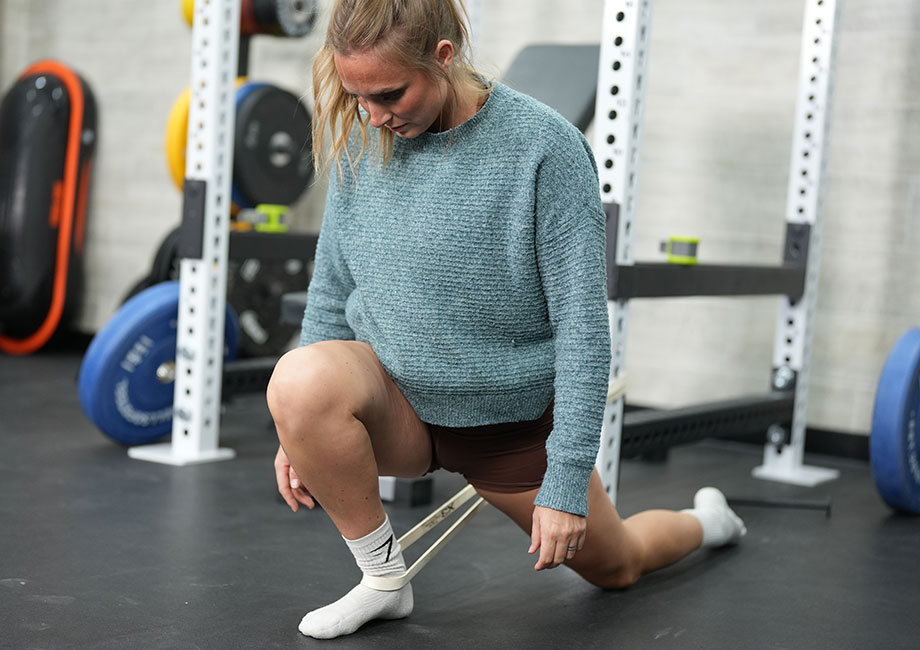
| Body Part | Flexion | Extension |
| Hip | Also referred to as thigh flexion, hip flexion involves moving your femur (thigh bone) and hip bone anteriorly, decreasing the angle in your hip joint. Sitting for prolonged periods of time—aka being in hip flexion for too long—can lead to tight hip flexors and lower-back pain. | A key component in power-based exercises like the deadlift and hang clean, hip extension occurs when your hip joint opens up by increasing the distance between your femur and hip bones. |
| Knee | Knee flexion, or leg flexion, occurs when your tibia (shin bone) moves toward your femur. This results in a smaller angle between the two segments, such as when you perform a hamstring curl. | Knee extension, or leg extension, is about as straightforward as you get. This occurs when the angle between your tibia and femur increases, such as the lockout phase of a deadlift or when you’re performing any type of leg extension alternative. |
| Toe | Toe flexion involves bending your toes toward the sole (bottom) of your foot. This is exactly what happens when something makes your toes curl. | Toe extension increases the angle between your toes and sole. Your range of motion for toe extension plays a pivotal role in your walking technique. |
RELATED: Hip Flexor Exercises
Neck and Spine
| Body Part | Flexion | Extension |
| Neck | Neck flexion results when your head and trunk of your body move closer together. This is a common occurrence since we spend so much time looking down at phones, laptops, and other electronic devices. In fact, text neck syndrome1 has become a worldwide problem that’s directly related to neck flexion. | Leaning your head back results in neck extension by increasing the angle between your head and trunk of your body. Hyperextension can occur if you go too far past the anatomical position. |
| Vertebral Column | Also referred to as spine flexion, vertebral column flexion takes place when the angle between your trunk and hip joint decreases. Those with lower-back pain can benefit from performing Williams back exercises2 to help improve lumbar flexion and strengthen their gluteal and abdominal muscles. | Vertebral column extension, or spine extension, occurs when your back straightens, increasing the angle between your hip joint and spine. Keep in mind that you can also bend your spine to the left or right, which is an example of lateral flexion. |
RELATED: Best Neck Exercises
How To Incorporate Flexion and Extension Movements In Your Workouts
Between being a certified personal trainer (CPT) and self-described #IronAddict, I’ve found many ways to accentuate flexion and extension while resistance training. One of the biggest keys is knowing which muscles are involved in each type of anatomical movement.
Major flexors, or flexion muscles, include:
- Pectoralis major (chest)
- Anterior deltoid (shoulder)
- Biceps brachii (biceps)
- Biceps femoris (hamstring)
- Psoas (hip)
Major extensors, or extension muscles, include:
- Latissimus dorsi (lats)
- Triceps brachii (triceps)
- Gluteus maximus (glutes)
- Quadriceps (quads)
With that in mind, here’s another factor to consider: concentric versus eccentric muscle contractions. The former occurs when a muscle shortens, such as the upward phase of a kettlebell swing or dumbbell curl variation. Meanwhile, the latter occurs when a muscle lengthens, which happens during the lowering phase of a lift, such as when your hamstrings stretch as you descend for a front squat.
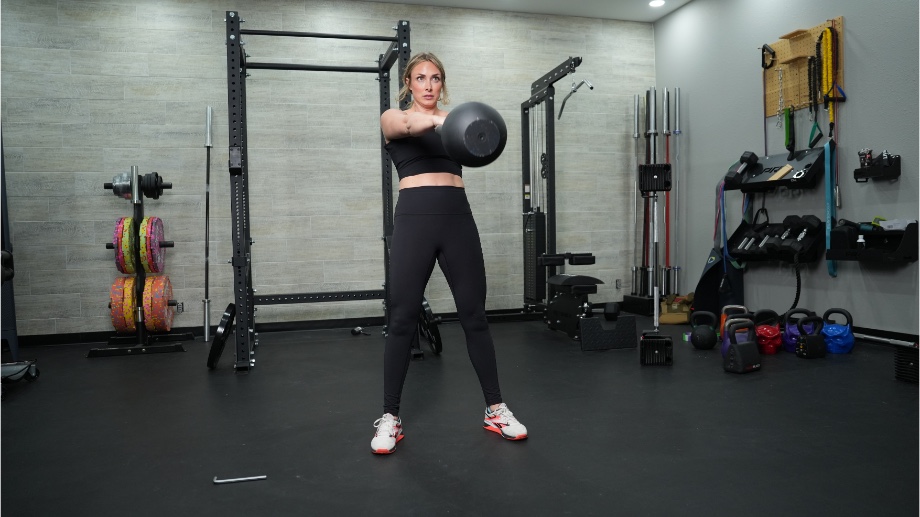
Whether you’re hitting a chest and back workout or going hard on #LegDay, focus on a full range of motion, and maintaining time under tension to stimulate muscle growth. Try supersetting opposing movements, such as performing a set of curls, followed by a set of dips, to give your body and mind an extra challenge. Ultimately, you want to strike the right balance of flexion and extension training for optimal joint health, mobility, and overall fitness.
RELATED: Superset Workouts
Flexion vs Extension: Final Thoughts
Just like barbells and weight plates belong together, so do flexion and extension. Both types of anatomical movements are equally important, especially if you want to have stable joints and strong muscles. Unfortunately, modern society has made issues like text neck (excessive neck flexion) and lower-back pain quite common, which only proves why you need to be extra cognizant of how you move, sit, and stand.
While it’s easy to get overwhelmed by all the science jargon, don’t let that deter you from making a workout plan that targets flexor muscles like your chest, shoulders, and hammies and extensors like your lats, triceps, and quads. As long as you follow time-tested principles like progressive overload and focus on form over the amount of weight lifted, you’ll be well on your way to building a healthy, resilient body that can handle any task.
And that, my fellow fitness enthusiasts, is the ultimate flex.
Flexion vs Extension: FAQs
What is the difference between flexion and extension?
While flexion involves decreasing the joint angle between two bones, extension increases the joint angle by moving two bones further apart.
What is an example of flexion?
An example of flexion would be bending your elbow joint for a barbell curl or bending your knee joint to perform a seated hamstring curl.
What is an example of extension?
An example of extension would be straightening your elbow joint for the concentric portion of the Tate press or extending your knee and hip joints as you come out of the hole on a squat.
What is the difference between plantar flexion and extension?
Plantar flexion decreases the angle between the bottom of your foot and the back of your leg, such as when you’re performing calf raises. Dorsiflexion, on the other hand, increases the distance between your sole and the back of your leg by bringing your toes closer to your shin. The latter is particularly important for runners and athletes who want to generate power and speed.
References
- Tsantili, A., Chrysikos, D., & Troupis, T. (2022). Text neck syndrome: Disentangling a new epidemic. Acta Medica Academica, 51(2), 123–127. https://doi.org/10.5644/ama2006-124.380
- Dydyk, A. M., & Sapra, A. (2023, May 1). Williams back exercises. StatPearls – NCBI Bookshelf. https://www.ncbi.nlm.nih.gov/books/NBK551558/
Further reading

Choosing the right pre-workout can be overwhelming, so we’ve rounded up the 14 best pre-workouts on the market today to help you find the right product for your performance goals. Read more

In this Onnit Grass Fed Whey Isolate review, we’ll dig into our experience testing the protein powder for several weeks. Read more

Looking for a squat rack to begin your garage gym? Let’s take a look at one of the best value options on the market in our REP PR-1100 review. Read more

We’ve tested a handful of cold plunge tubs and researched dozens more. With cold therapy gaining popularity, which is the best cold plunge tub option for you? Read more


